경기문화재단
Yeoncheon_Sunguijeon Shrine
Where do dead kings go
People have fantasy about the afterlife; they often have a vague imagination about being punished and unhappy in the afterlife for committing a sin in this world or, in contrast, rising to the heaven and enjoying the paradise if they have done good deeds and not wrongfully sought those that belong to others. Meanwhile, what kind of afterlife could have the kings who did good for some and evil deeds for others for the sake of the nation faced?
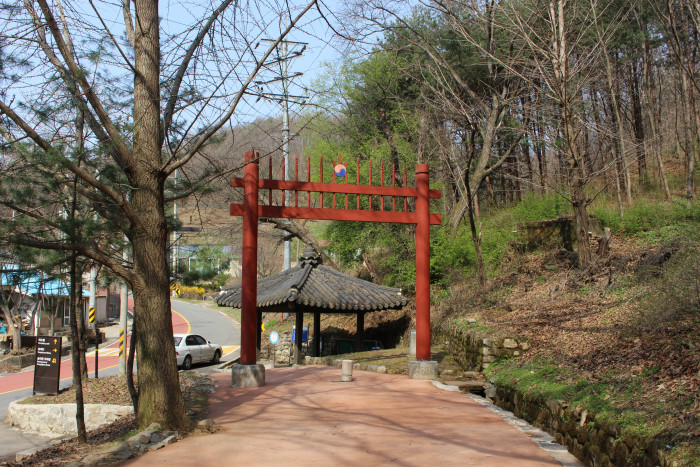
The gate that marks the location of Sunguijeon Shrine was seen. After passing through Hamabi, a gate that means “get off a horse,” and hiking up a short stroll path, stone walls of Sunguijeon Shrine is in sight. Sunguijeon is a tomb shrine facing Imjingang River and situated at the edge of Amisan Mountain.
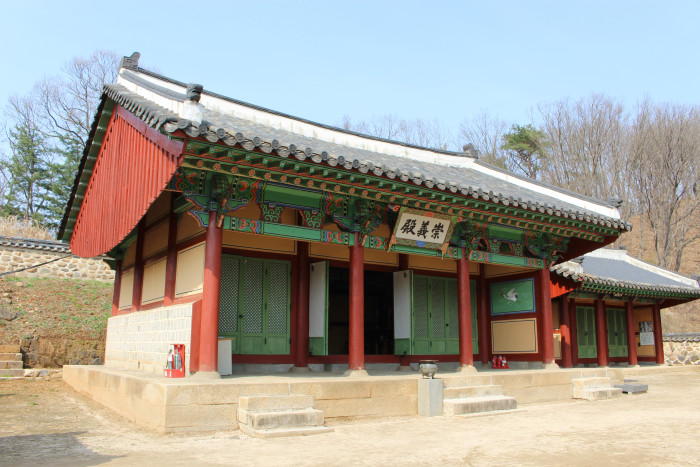
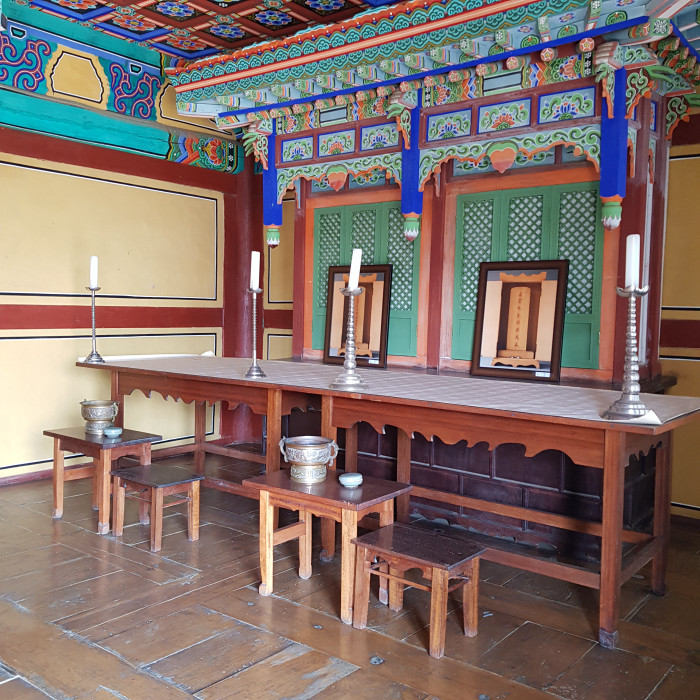
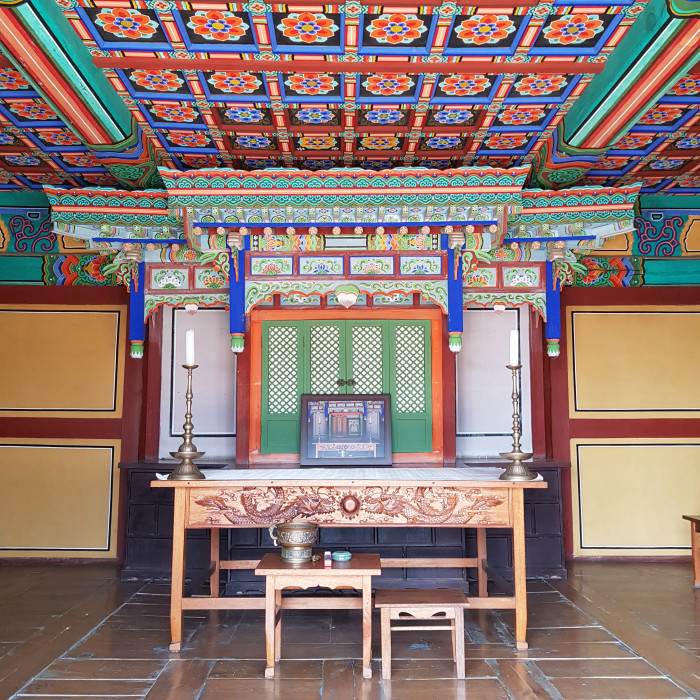
In reverence of previous dynasties, Sunguijeon Shrine was constructed at the Angamsa Temple site, which was the shrine of Wang Geon, in 1451, the 6th year of King Taejo’s reign during Goryeo Dynasty. It enshrines ancestral tablets of King Taejo, Hyeonjong, Munjong and Wonjong as well as 16 meritorious vassals who contributed to the nation of Goryeo. The original building was completely burnt to ground during the Korean War in 1950 and reconstructed in 1973 with the scale we see today. The current building is constituted of Sunguijeon Shrine with three cells on the front and three on the side (where the ancestral tablets of four kings are enshrined) and five auxiliary buildings including Baesincheong (where the ancestral tablets of the 16 meritorious vassals of Goryeo are enshrined), Iancheong (where ancestral tablets are temporarily enshrined), Jeonsacheong (where sacrificial food used during rituals is prepared) and Angamjae (where incense, cheok, pye, etc. used during rituals are stored and participants of the rituals stay while preparing for rites) as well as six gates. Acknowledging the historic value of Sunguijeon Shrine, the site was designated as a National Historic Landmark No. 223 in 1971, and great religious ceremonies are held every March 3rd and September 9th according to the lunar calendar. Anyone can participate in the great religious ceremony during which people can feel the breath of Goryeo.
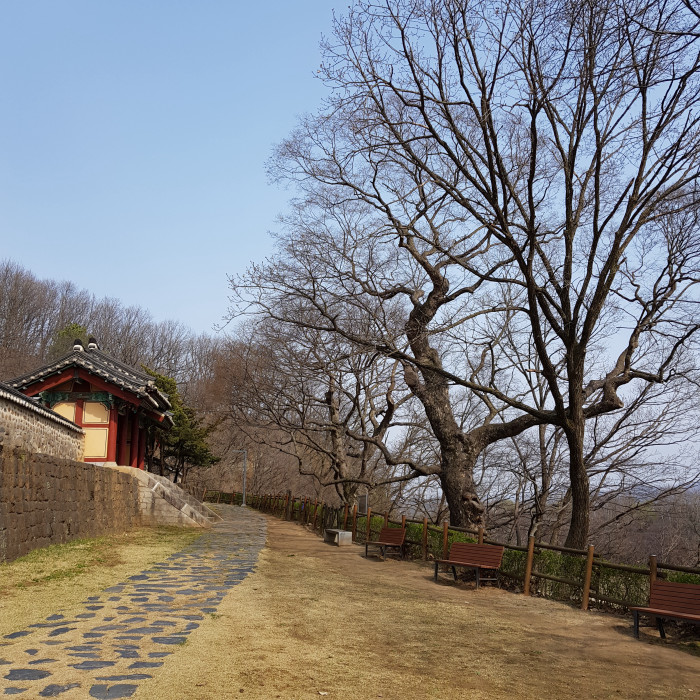
zelkova tree
A large zelkova tree in front of Sunguijeon Shrine was known to have been planted by a descendant of Goryeo’s Wang family, and stories say that, if the tree makes a murmuring sound, heavy rain or snow falls, and, if magpies gather, a joyful event is in store at the village. The protector of Sunguijeon Shrine, the zelkova tree branches out towards the tomb as if it is guiding the kings coming down from the heavens. The tree, which has remained in the same place for 600 years, may not know where the kings go after they pass way but may know the fact that they make annual visits to Sunguijeon Shrine.
Written and photos by Ko Yeon-joo
<ggc의 모든 콘텐츠는 저작권법의 보호를 받습니다.>
세부정보
Sunguijeon Shrine
Address/ 382-27, Sunguijeon-ro Misan-myeon, Yeoncheon-gun, Gyeonggi-do
Contact/ 031-835-8428
Hours of operation/ 9:00-18:00 every day
Extra/ Parking available for free, commentary programs (for groups of six or more)
Website/ None
@참여자
- 글쓴이
- 경기문화재단
- 자기소개